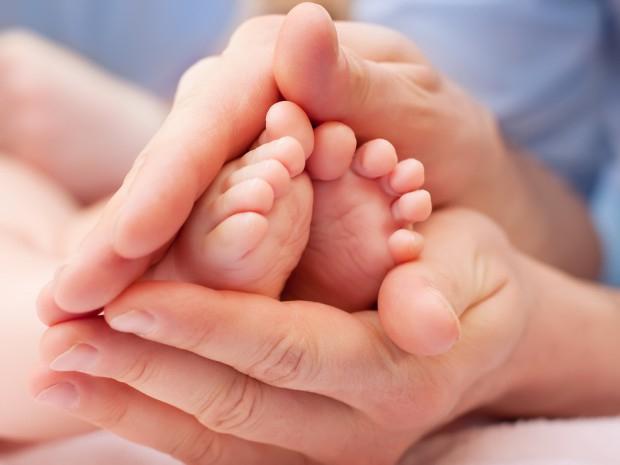
Pediatric flatfoot is a condition in which the arch of the foot disappears or shrinks when a child stands. With flexible pediatric flatfoot, the arch reappears when standing on tiptoe or siting. If the arch does not reappear upon standing on tiptoe or sitting, this is known as rigid flatfoot. These conditions are usually present at birth, but most children outgrow them on their own before age five. If the condition is causing pain or doesn't go away on its own, it may be time to call in a podiatrist for help.
Symptoms of Pediatric Flatfoot
Symptoms of flatfeet can vary, depending on the type, the severity, and the age of the child. When a child has a flexible foot disorder, it generally does not cause any pain or discomfort and no treatment is needed. Kids with a rigid foot disorder may have problems that require treatment or therapy by a podiatrist. If pain occurs, it is usually felt in the foot, ankle, or lower leg, and can range from mild to severe. Other symptoms include cramping in the feet or legs, a change in gait, or heels that tilt upwards.
Diagnosing the Problem
Your child's pediatrician or podiatrist can usually provide a diagnosis upon examination. To make a proper diagnosis, the physician may ask your child to sit up, stand, sit down, walk, and stand on his or her tiptoes. If the problem seems severe, the physician may also have an X-ray taken of the foot to determine the extent of the deformity. If the ankle does not move much, the physician may associate the condition with a shortened or tight Achilles tendon, which may require additional treatment.
Surgical and Non-Surgical Treatments
There are both surgical and non-surgical treatments available for pediatric flatfoot. With the help of your podiatrist, you can work to determine the best solution for your child's individual condition. Kids with flexible flatfeet and without pain do not generally require treatment. If pain only occurs after activities, a physician may recommend the use of over-the-counter cushioned arch support pads that can be inserted into supportive shoes or sneakers.
If the condition is associated with a short or tight Achilles tendon, the tendon may need to be stretched to reduce or eliminate pain. Those with a tight Achilles tendon should not use hard arch supports, as these can contribute to the discomfort. In rare cases, surgery may be needed to relieve pain. Surgery is generally recommended for children age eight or older, and those who have a short Achilles tendon that requires lengthening.
Since the appearance of flatfeet is fairly common during the early years of life, it can be difficult to distinguish whether or not the condition will be problematic later on. When the condition does cause problems, it can make it challenging for a kid to "keep up" with his or her peers, especially during athletic and recreational activities. If you suspect that your child has this condition, it's important to discuss your concerns with a podiatrist.
Leave a Comment